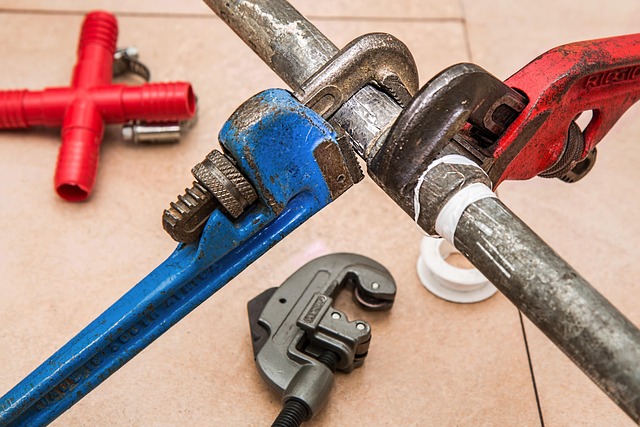In a world where the pace of consumption seems insatiable, the need to embrace repairability has never been more urgent. This concept goes beyond merely fixing broken items; it represents a shift in our mindset towards sustainability and a desire to reduce our ecological footprint. As we strive for a carbon-neutral future, it becomes essential to recognize the value in the things we already own, rather than constantly reaching for the new and shiny.
The cycle of fast consumption and disposal creates an enormous strain on our planet, contributing to resource depletion and greenhouse gas emissions. Each time an item is discarded, the energy and materials used to create it are wasted, further exacerbating our environmental crisis. By prioritizing repairability, we can slow down this cycle and foster a more sustainable way of living. Embracing this approach transforms our relationship with our possessions, encouraging us to see them for their full value and longevity.
Imagine a world where commodities are designed not just to be used and thrown away, but instead, created with the intention of being repaired and maintained. Green technologies are paving the way for this vision, focusing on materials and methods that facilitate easy repairs and upgrades. Manufacturers are beginning to acknowledge the environmental impact of their products, and in response, we see innovative designs that allow for disassembly, modular components, and eco-friendly materials that can be reclaimed.
Repairability empowers us as consumers. Every time we choose to repair rather than replace an item, we engage in a conscious act that reduces waste and conserves resources. It’s about breaking free from the “buy and toss” mentality and stepping into a future where our choices matter. When we invest time in mending instead of discarding, we not only save money but contribute to a collective effort aimed at achieving sustainability. Every small action counts in shifting societal norms towards environmentally responsible practices.
The role of community is pivotal in this transformation. Local repair cafes and community workshops are sprouting up, as people recognize the need for a collaborative approach to sustainability. These initiatives build a culture of sharing skills, fostering connections, and creating awareness about the benefits of being repair-minded. Engagement in community-driven repair efforts cultivates a sense of belonging and collective responsibility, highlighting the power of collaboration in our mission to go green.
Furthermore, adopting repairability as a core tenet of our lifestyle urges businesses to rethink their strategies. Companies willing to invest in sustainable practices are likely to drive tomorrow’s market. By supporting brands that offer repair services or sell spare parts, we send a clear message: we value sustainability over convenience. Responsible production requires foresight, and manufacturers must recognize that consumers desire products that align with their values.
As we forge ahead in this journey towards a carbon-neutral future, embracing repairability is a critical step. It’s an invitation to tread lightly on our planet, to appreciate the stories behind our belongings, and ultimately, to create a world where waste is minimized, and sustainability is paramount. Together, we can break the cycle of disposability and pave the way for a cleaner, greener tomorrow.




